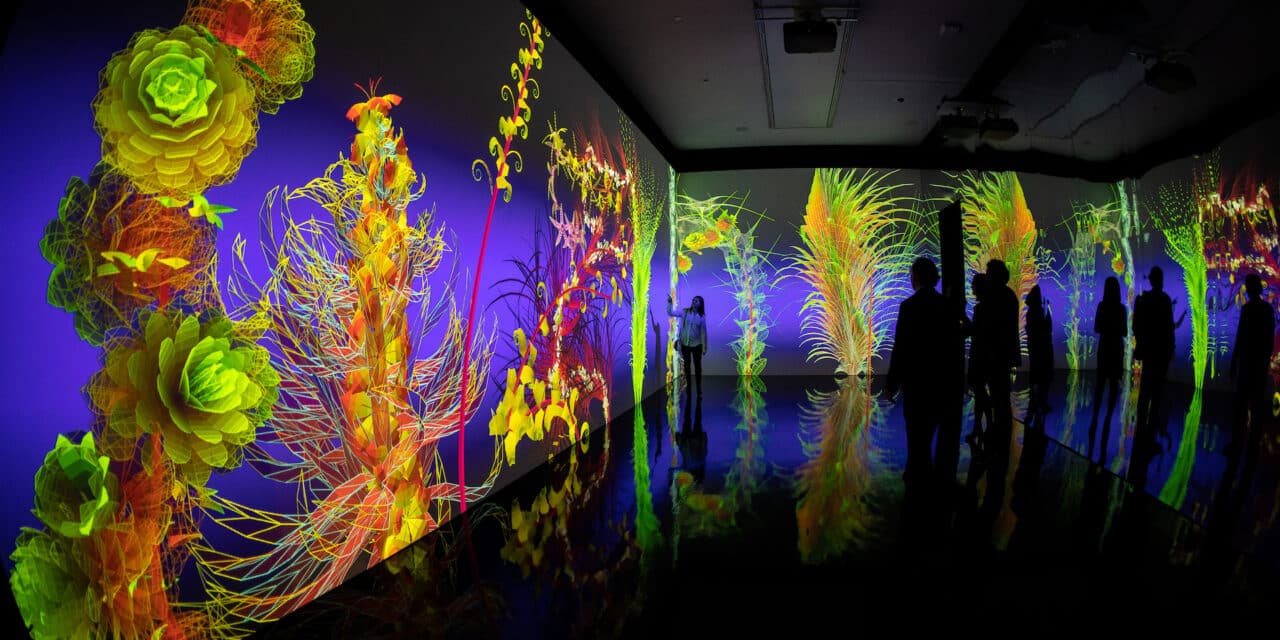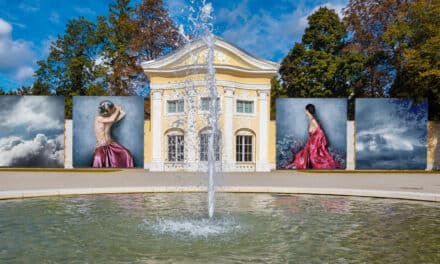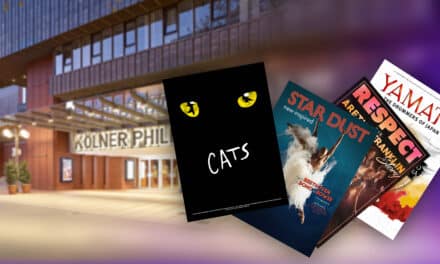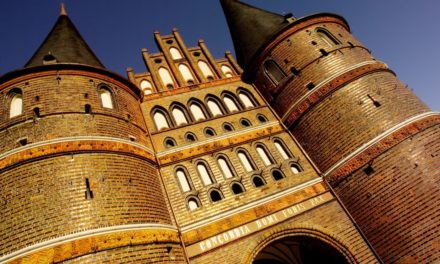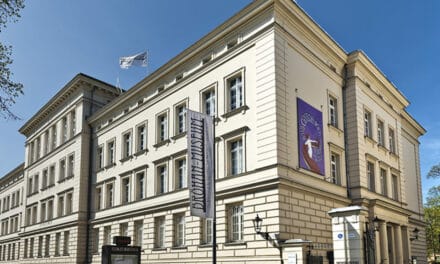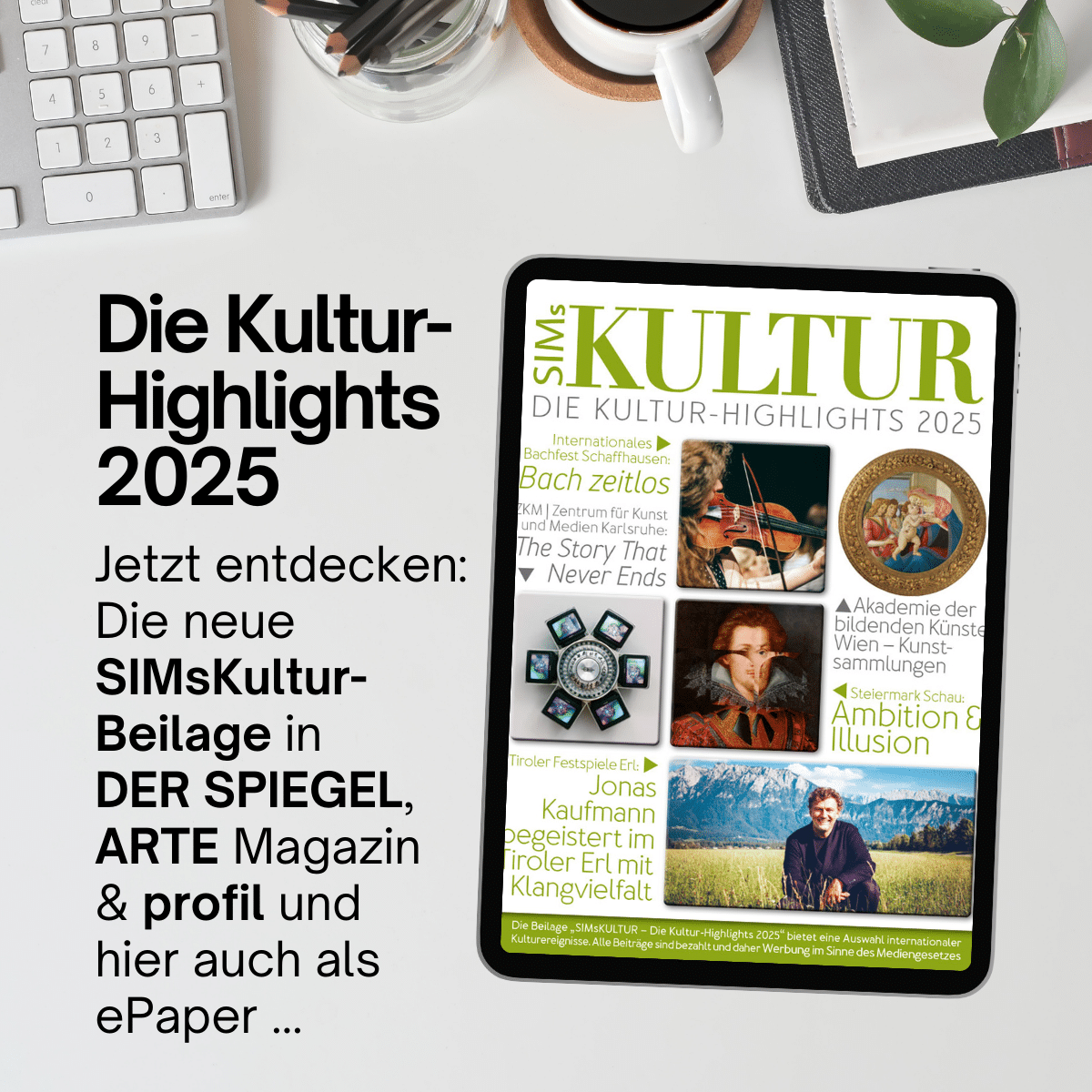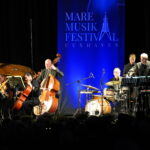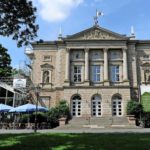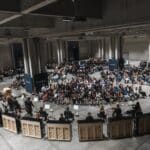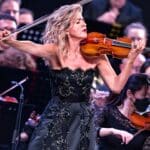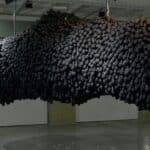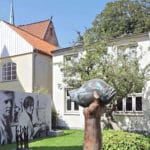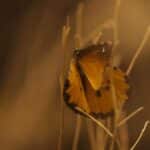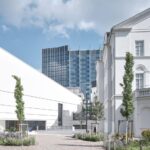Das Bucerius Kunst Forum präsentiert mit Flowers Forever. Blumen in Kunst und Kultur eine aufwendig inszenierte Ausstellung durch die Kunst- und Kulturgeschichte der Blume vom Altertum bis heute. Der Rundgang versammelt Gemälde, Skulpturen, Fotografien sowie Objekte aus Design und Naturwissenschaft. Etablierte Positionen der Kunst- und Designgeschichte und neu zu entdeckende künstlerische Ansätze werden hier erstmals gegenübergestellt und treten in einen fruchtbaren Dialog. Dabei wird die bedeutende Rolle der Blume in Kultur, Mythologie, Religion, Politik, Ökonomie und Ökologie behandelt sowie die Allgegenwart der Blume als Symbol und Naturphänomen aufgezeigt.
Die Schau zeigt Werke aus internationalen Sammlungen sowie eigens für die Ausstellung entwickelte Installationen. Die facettenreiche Geschichte der Blume wird durch die Zusammenstellung interdisziplinärer und internationaler Exponate auf verschiedenen Sinnesebenen für den Besuchenden erlebbar. Unter anderem sind folgende Künstlerinnen und Künstler vertreten: Ai Weiwei, Jan Brueghel d.J., Andreas Gursky, Hannah Höch, Kapwani Kiwanga, Walid Raad, Kehinde Wiley.

Hannah Höch, Holland, 1942, Leihgabe der Bundesrepublik Deutschland – Sammlung Zeitgenössische Kunst / VG Bild-Kunst, Bonn 2024
Der Anblick der Blume löst eindrückliche Emotionen aus und hat sowohl für uns persönlich als auch gesellschaftlich in der Kulturgeschichte seit Jahrhunderten hohe Symbolkraft. Die gattungs- und zeitübergreifende Präsentation von Flowers Forever verdeutlicht die unterschiedlichen und zugleich ähnlichen Interpretationen von Blumen. Ob in Politik und Kultur, in Mythologie und Religion: Die Sinnbilder haben sich regional und über die Jahrhunderte immer wieder gewandelt, denn die Menschen schreiben den Blumen immer wieder neue Bedeutungen zu. Beispiele dafür lassen sich in der Literatur, aber besonders auch im Politischen finden. In den Werken der Ausstellung werden zum Beispiel die Nelkenrevolution und die Proteste gegen den Vietnamkrieg aufgenommen. Das Sinnbild der Blume im Rahmen dieser und weiterer Ereignisse steht für Widerstand und Protest. Die breite Verwendung der Blume zeigt ihre zeitlose Omnipräsenz in der politischen und aktivistischen Kommunikation. Die enorme Vielfalt an Formen und Farben lässt die Blume zur Inspirationsquelle für künstlerische Auseinandersetzungen werden.

Rebecca Louise Law, Blütenkelch, 2023,produziert im Auftrag der Kunsthalle der Hypo-Kulturstiftung München © Rebecca Louise Law / VG Bild-Kunst, Bonn 2024
Die Ausstellung zeigt anhand der Blume die enge Verbindung der beiden Disziplinen: Während die Naturwissenschaft sich vor allem der kunstvollen wie präzisen Illustration der Forschungsergebnisse bedient, reflektieren die künstlerischen Auseinandersetzungen das Verhältnis von Kunst, Natur und Wissenschaft und zelebrieren die Vielfalt der Blume. Meist gehen die Darstellungen dabei weit über die naturwissenschaftliche Realität hinaus. Dass Blumen nicht zwingend nur als Symbolbild fungieren, zeigt die Klassifizierung als Produkt auf dem heutigen Markt. In vergangenen Jahrhunderten waren Blumen begehrte Statussymbole, heute werden sie als Massenprodukt global gehandelt. So rückt die Blume aktuell als ebenso fragiler wie unverzichtbarer Bestandteil des weltweiten Ökosystems in den Fokus. Die Ausstellung versammelt künstlerische Positionen, die diesen ökologischen und sozialen Fragen nachgehen. Der menschliche Umgang mit der Blume als Massenprodukt regt einige der Künstlerinnen und Künstler an, das Konsumverhalten und die Auswirkungen des menschlichen Handelns auf die Umwelt zu thematisieren. Gleichzeitig wird das Verhältnis des Menschen zur Natur und seine Rolle in ihr in Frage gestellt.
12. Oktober 2024 bis 19. Januar 2025
www.buceriuskunstforum.de
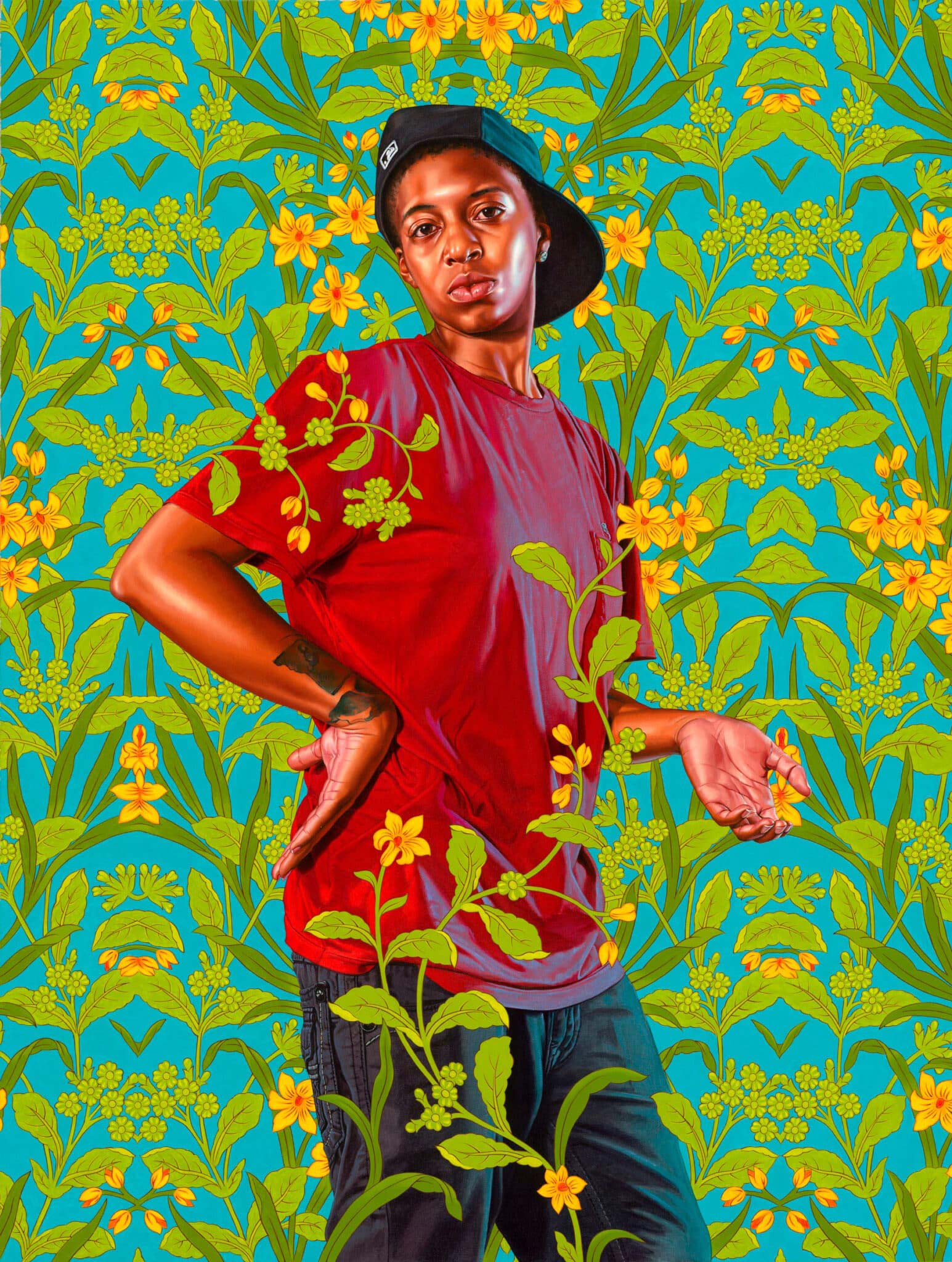
Kehinde Wiley, Porträt eines florentinischen Edelmanns III, 2019, courtesy of the artist and Stephen Friedman Gallery, London, Foto © Sammlung Vilsmeier – Linhares, München

